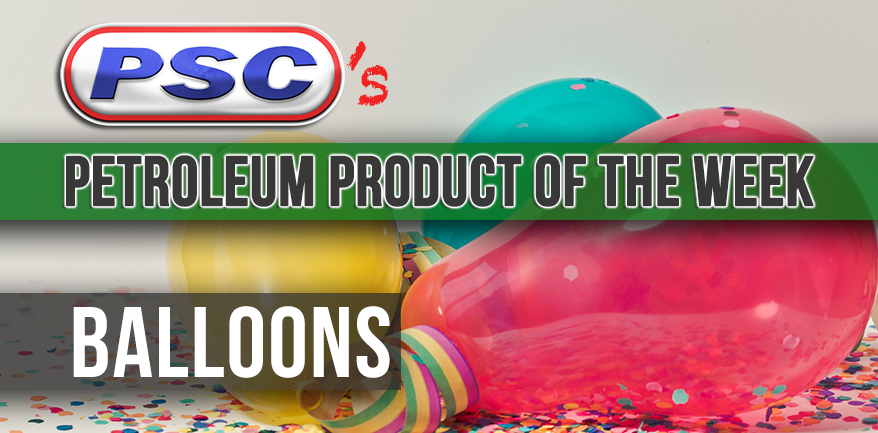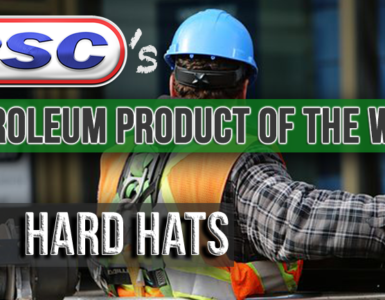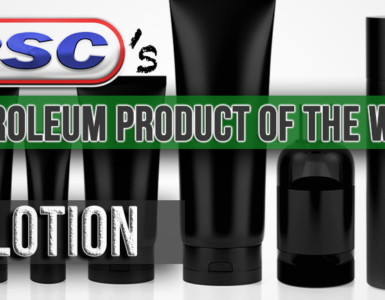At parties, we sometimes see a mixture of structured foil balloons and softer rubber/latex balloons. The development of the balloon has greatly improved the life of the party. If you ask me, no party is complete without balloons. But have you ever stopped to wonder what they were made of and how they’re made?
The first rubber balloons
Balloons were first invented and used in the military for communicating and conducting experiments, but it didn’t stay that way for too long. The first rubber balloons were made for lab use in 1824 by Michael Faraday in London.
Using two sheets of rubber and flour to prevent them from sealing all the way through, he sealed the edges and filled his creation with hydrogen. Thomas Handcock, a British inventor, began selling balloon-making kits and vulcanized rubber was being used by 1847. Before they were manufactured, balloons were a do-it-yourself process.

It wasn’t until the 20th century that balloons made their way to the U.S. Commercially, sausage balloons became popular, of the balloon animal variety, in the 1930-40s. This was also around the same time when rubber balloons entered mass production, as well as when different balloon shapes entered the marketplace. Soon after that, foil balloons entered production as well.
Balloons today are made from latex rubber through a largely automated manufacturing process that involves factory machinery and rather little human interaction.
How balloons are made today
Balloons are made with both natural latex and synthetic rubber, but natural latex is stronger and more elastic, so it is the preferred material. To make a balloon, molds are dipped into a tank of latex (or any other balloon material).
The molds then move to a coagulant solution which causes the latex to coat the molds. Then, the lips are formed by running through brushes or rollers before being dipped in a solution that will dissolve any extra coagulant.
Finally, air fills up the balloons, which are lifted off of the molds and sent for testing to make sure there aren’t any flaws before being packaged for sale.
Watching the process of balloon-making is possibly one of the most satisfying things you’ll see all day:
There’s no denying that balloons add something to a party that really can’t be done with anything else. They add color, personality, and kids just love ‘em. Us adults do too if we’re being honest with everyone.
With this being a largely machine-operated process, lubricants are used everywhere to make the machine run as smoothly as possible. At times when synthetic rubber is used, it’s likely the petroleum-derivative neoprene. Petroleum is, once again, the life of the party.
Oh, but before all this, balloons were made from animal bladders. Yeah, we’ve definitely come a long way in our balloon-making methods since then.
Sources:
http://www.slate.com/articles/life/explainer/2011/12/party_balloons_a_history.html
https://www.balloonsgalore.co.uk/blog/a-history-of-party-balloons/
http://www.softschools.com/inventions/history/balloons%20_history/16/
http://www.madehow.com/Volume-2/Balloon.html







